International standards and limits for organotin
International standards and limit indicators for organotin, in various third-party testing laboratories, numerous testing objects have strict requirements for indicators of organotin compounds, such as plastic additives testing, catalyst testing, etc. The European Union and various organizations around the world have relative to the organic tin limit standards.
1, organic tin EU standards
EU organic tin standards to implement the 2009/425/EC Directive, which officially began to restrict the use of specific organotin compounds in consumer products. Directive 2009/425/EC states that since July 1, 2010, the EU has restricted the use of tributyltin and triphenyltin compounds in all consumer products, with limits below 0.1% of the commercial tin content.
International standards for organotins and limit indicators
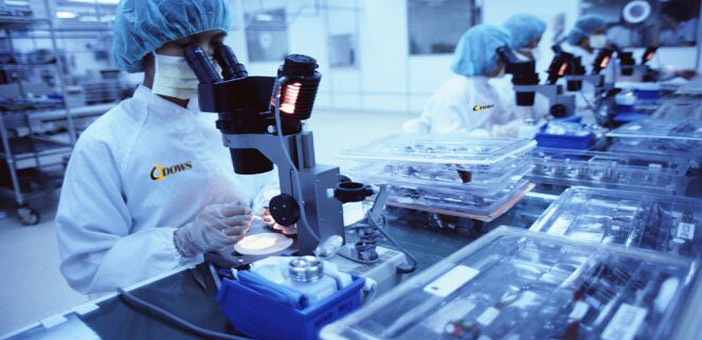
2, Oeko-TexStandard100
The 2010 edition stipulates that the limit value of tributyltin (TBT) and triphenyltin (TPhT) for textiles is 1.0 mg/kg, and the limit of dibutyltin (DBT) and dioctyltin (DOT) is 2.0 mg/kg; the requirements for infant and child products are particularly strict, and tributyltin (TBT) and triphenyltin (TPhT) should not exceed 0.5 mg/kg. Dibutyltin (DBT), dioctyltin (DOT) shall not exceed 1.0mg/kg.
3, International Maritime Organization (IMO)
At the request of the Marine Environment Protection Committee, on November 6, 1999, the "International Convention for the Control of Harmful Defence Systems on Ships" (AFS) announced that the Convention would declare a ban on the use of anti-fouling paints containing TBT on all ships from January 1, 2003, and all such paints must be removed by January 1, 2008 (Paint testing is becoming increasingly stringent). In addition, the IMO also stipulates that TBT bodies can tolerate a daily absorption (TDID of 1.6 pg/(kg.d) body weight.
The World Health Organization (WHO) and the Ministry of Health and Welfare of Japan stipulate that the daily intake of TBT should not exceed 1.3ug/(kg.d) body weight and 0.6pg/(kg●d) body weight; the Food and Agriculture Organization of the United Nations and the World Health Organization TDI for triphenyltin is set at 0.5pg/(kg.d). Body weight: The maximum concentration allowed in skin air for skin absorption is 0.1 mg/m' (tin).
4, UnitedStates
Since 1988, the United States has banned the use of organotin antifouling coatings on all naval vessels.
5、France
In January 1982, the French government was the first to issue regulations banning the use of organotin compounds for antifouling coatings on ships less than 25 meters in length, and for other types of ships. The organotin content of the coating was limited to less than 3%.
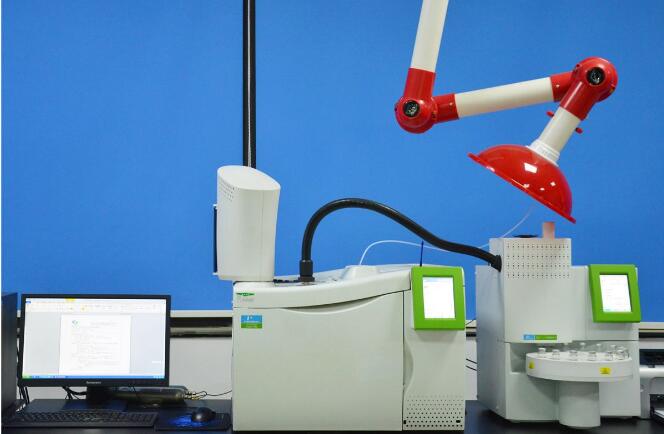
6, UnitedKingdom
The British government also developed and implemented the 1987 regulations to restrict the use of organotin.
International standards and limits of organotin
7、Germany
Amendments to chemical regulations: Organotin antifouling paints can only be used on ships larger than 25 meters and navigating mainly outside rivers and lakes before December 31, 2002.
8, Japan
The Control of Harmful Substances in Household Products Act (Control of Harmful Substances in Household Products Act) restricts the use of triphenyltin and tributyltin in general household consumer products other than food and pharmaceuticals (food testing is also becoming more stringent). Household products that do not meet the requirements will be prohibited from sale.
9, World Health Organization
The use of organotin compounds as antifouling agents for ships is banned, and no detectable organotin compounds are allowed to be present in any final product.
In addition, Australia and Canada in 1989, the Netherlands in 1990, Switzerland and Japan, Denmark in 1991, and Hong Kong in 1992, respectively, to develop and implement restrictions on the use of TBT. The environmental target concentrations of organotin specified in these regulations range from about 8ng/L to 40ng/L.
The international standards for organotin and the limit indicators are for the reference of third-party testing organizations only.



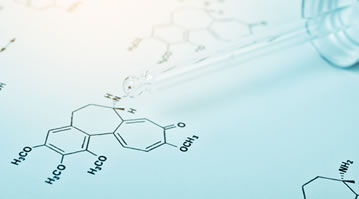



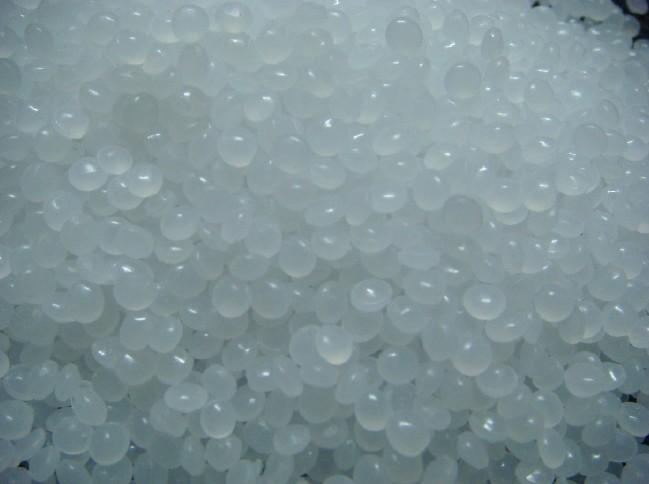
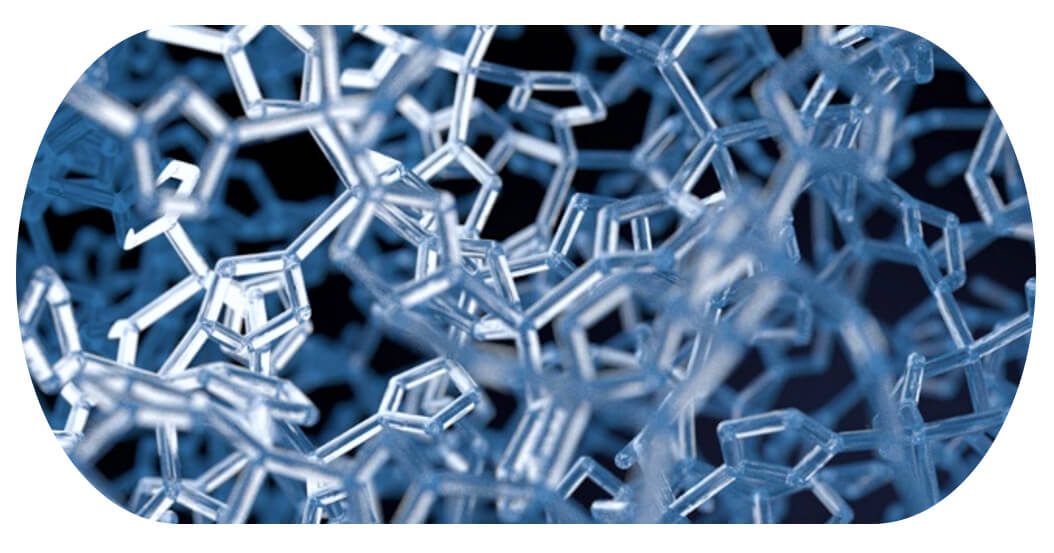
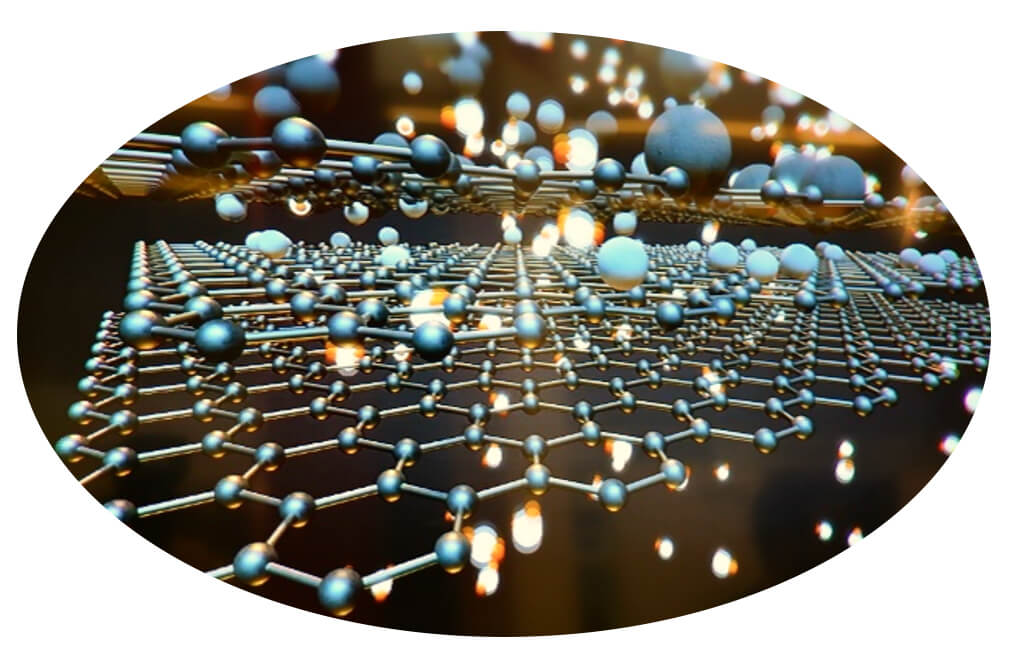


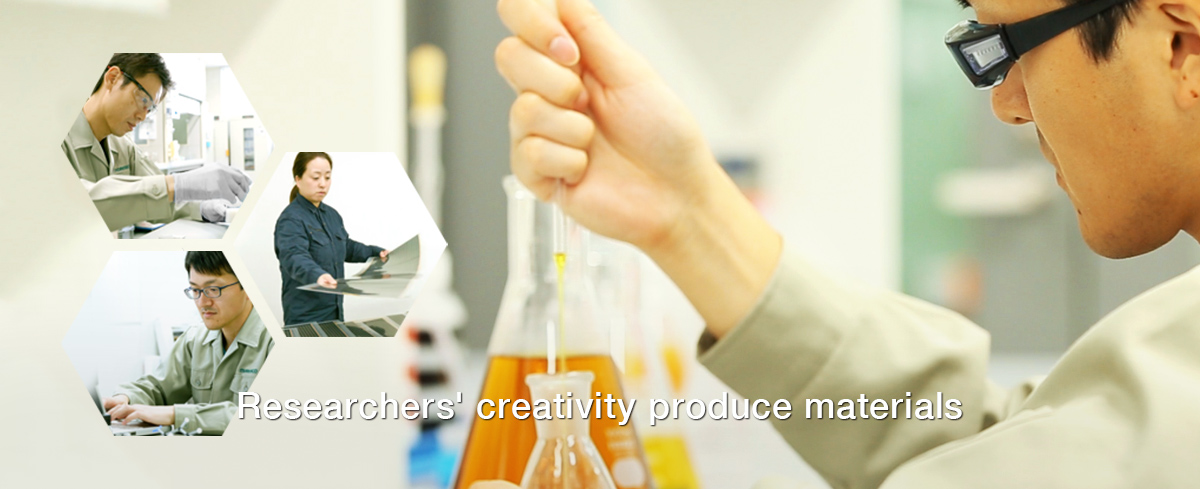




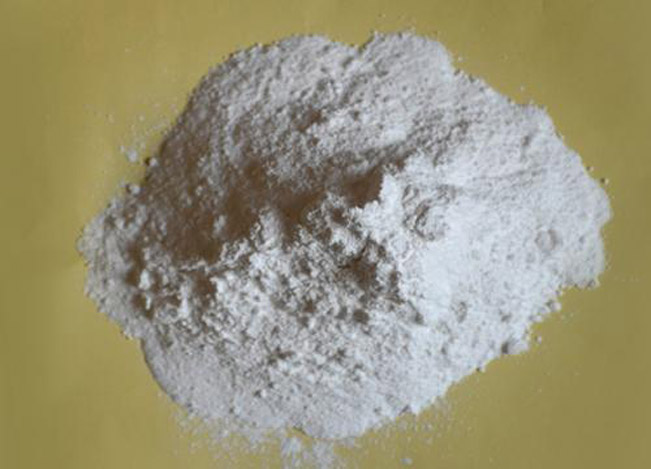
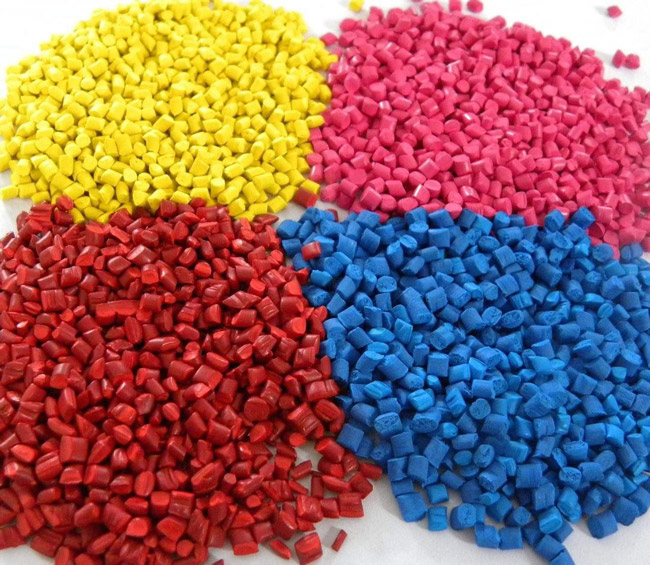

Comments